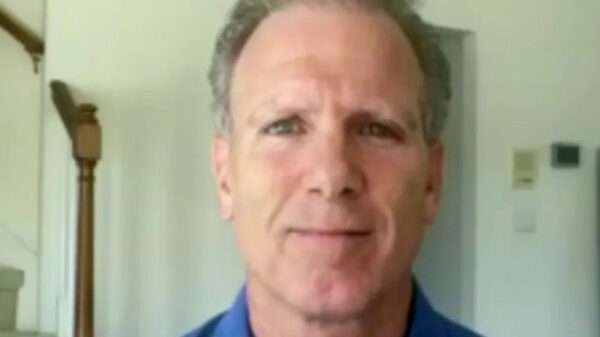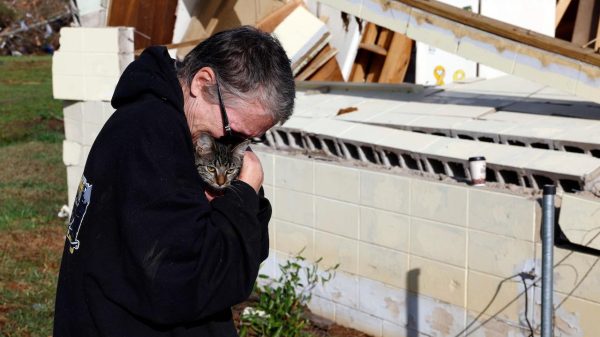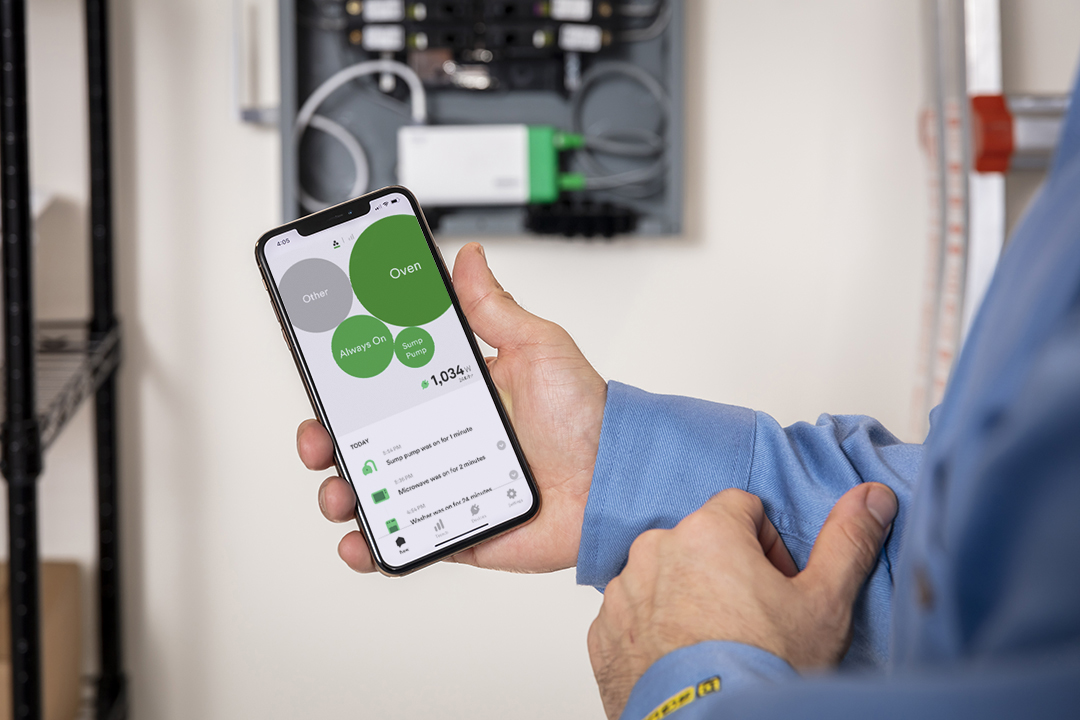By caulking the drafty areas of your home, YOU could significantly reduce your energy bill.
Your energy bills can be reduced by about $400 a year with a small, obscure addition.
One way to increase insulation and reduce energy consumption is by using weatherstripping.
Installing seals around your home’s door and window frames is known as weatherstripping.
By using this method, heat is kept inside and drafts are kept out.
According to the Department of Energy, sealing air leaks can reduce heating and cooling costs by more than 20%, especially in older or drafty homes (DOE).
This could result in a savings of more than $400 given that the average annual energy bill for a single-family home, as reported by Energy Star, is $2,060.

YOU could save big on your bills by sealing up the drafty areas of your home.(Photo: https://www.dfliq.net/)
WHAT KIND OF WEATHERSTRIPPING
There are many options, and depending on the material used, different options have different costs and levels of effectiveness.
For instance, screw-on vinyl seals start at about $10 at places like The Home Depot.
These are excellent for sliding window or door tops and sides.
Additionally inexpensive and very simple to use, tape is also readily available.
For $7.99, 3M, for instance, sells a 10 foot roll of moisture-resistant tape.
Though more expensive and labor-intensive to install, more efficient options include magnetic and reinforced silicone seals.
Home Advisor estimates that the average cost is between $129 and $428, but it is best to get a precise estimate for your particular property from a professional before making any decisions.
Caulk is a good material for filling these drafty holes in small cracks and gaps at the edges of window fittings.
Weatherstripping will not only keep your house warmer but will also reduce outside noise.
SWEEPING UP
Door sweeps are a particularly effective way to keep chilly drafts from entering your home through the front door.
These openings can be quite wide in some homes.
The front door can still be opened and shut without difficulty, but a brushed door sweep keeps drafts out when the door is closed.
Even a draft stopper can help you save money if you don’t currently have the extra cash to invest in weatherstripping.
These cost only $5 to $15 at Walmart or Amazon and are simple to slide onto the bottom of a door.
FAUCET REPAIR
One of the biggest expenses is water, and according to the DOE, installing low-flow plumbing fixtures in your kitchen and bathroom could help you save anywhere from 25 to 60 percent.
Faucets must not use more than 2.2 gallons per minute in order to be deemed low-flow (GPM).
It won’t cost a fortune to upgrade to a low-flow fixture; many are available for as little as $10 to $20 at stores like Amazon and The Home Depot.
LAUNDRY HACK
Using the “double L” setting on your dryer—low and longer—is another way to reduce your expenses.
Even though it may not be obvious, running your dryer longer on a low setting will actually result in greater cost savings.
According to IGS Energy, the typical American family spends $115 annually on the electricity needed to run their laundry.
But this approach might result in annual savings of over $70.
SCREEN TIME
Even your television has a setting that can result in significant energy savings.
It’s called power-saving mode, and it’s aptly named considering how much money it will help you save.
When your TV is in power-saving or eco mode, it automatically adjusts the brightness level to the ambient light level.
This will guarantee that it isn’t consuming more energy than is required for you to watch.
Additionally, set the TV to automatically turn off after three or four hours if you frequently leave it on when you’re not in the room.
Read also: Water Heater Hacks: Save Up To $400 On Your Energy Bill




















